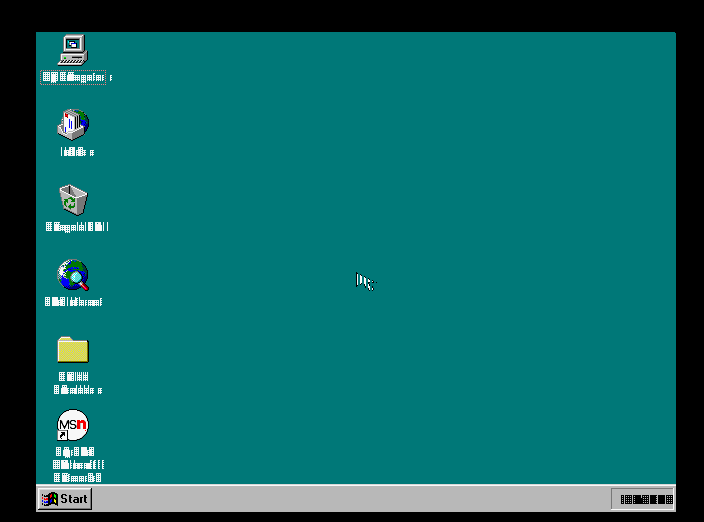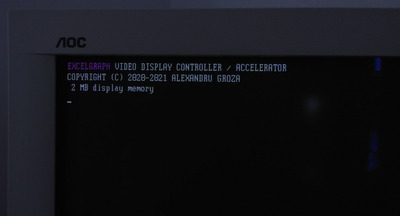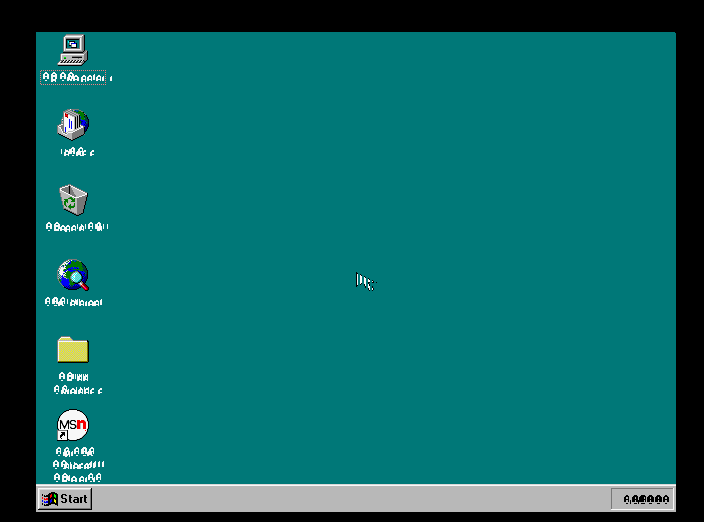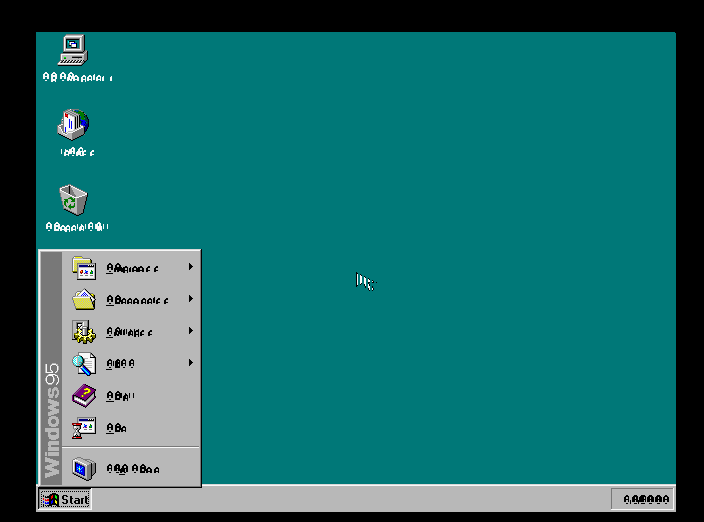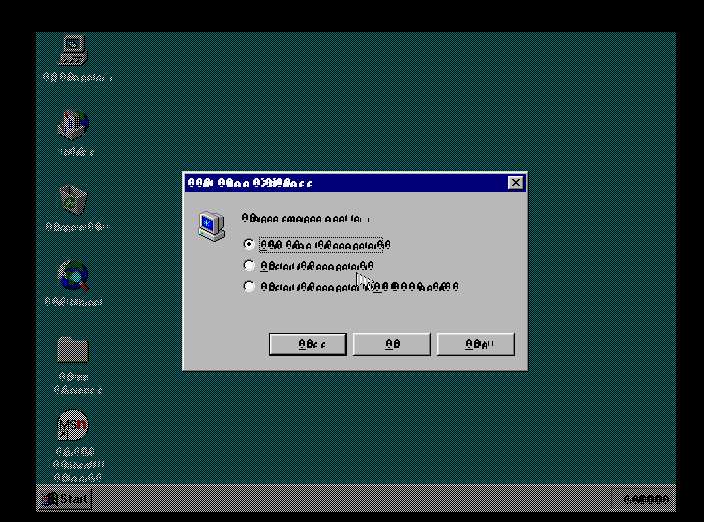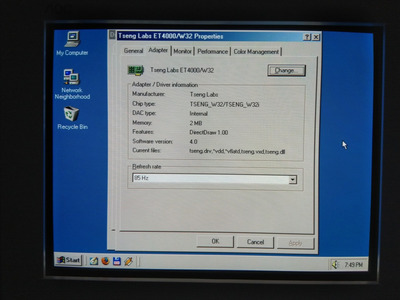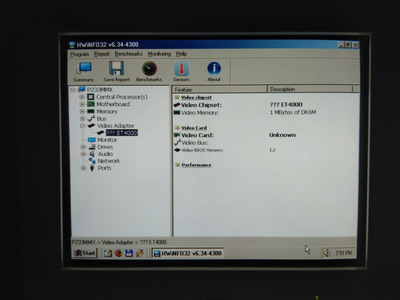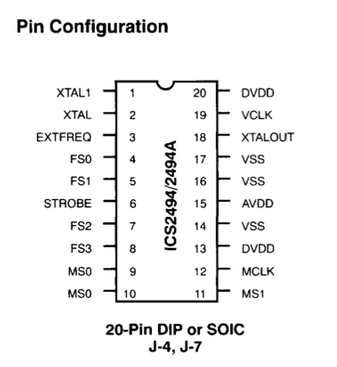Reply 40 of 200, by superfury
Not so great news... Having those latest bugfixes (multibyte loading using multibyte buffers, destination address writes to offset A3 having no effect anymore(as documented on the W32i documentation)) caused no effect on Windows 95! So there's a CPU problem somewhere that's causing this?
Although when switching Windows 95 from 16-bit color mode to 8-bit color mode it seems to have made all icons anywhere become black instead of their usual color-filled selves?
Huh? Now, suddenly, the accelerator isn't used in 16-bit color mode, but some articacts (when switching to 8-bit color mode from 16-bit color mode) still appear? Mainly in this case, all icons become filled with black instead of their supposed colors?
Rebooting causes the corrupted fonts to once again be displayed?
Edit: It's somehow not using the accelerator in 16-bit mode anymore? In 8-bit mode (and during setup using the W32 chip) it still doesn and still displays a corrupted font?
Edit: Found the 'issue' with the 16-bit mode: the accelerator was fully disabled in the video accelerator settings (Slider all the way left set to none).
VDIAG runs fine now (except the reset that somehow keeps failing?).
Author of the UniPCemu emulator.
UniPCemu Git repository
UniPCemu for Android, Windows, PSP, Vita and Switch on itch.io
